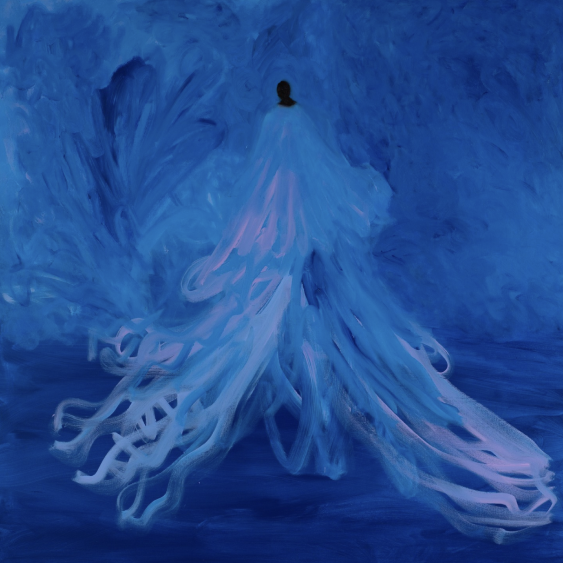Re:View
Delicate documentations of Black life
with Sphephelo Mnguni
Share
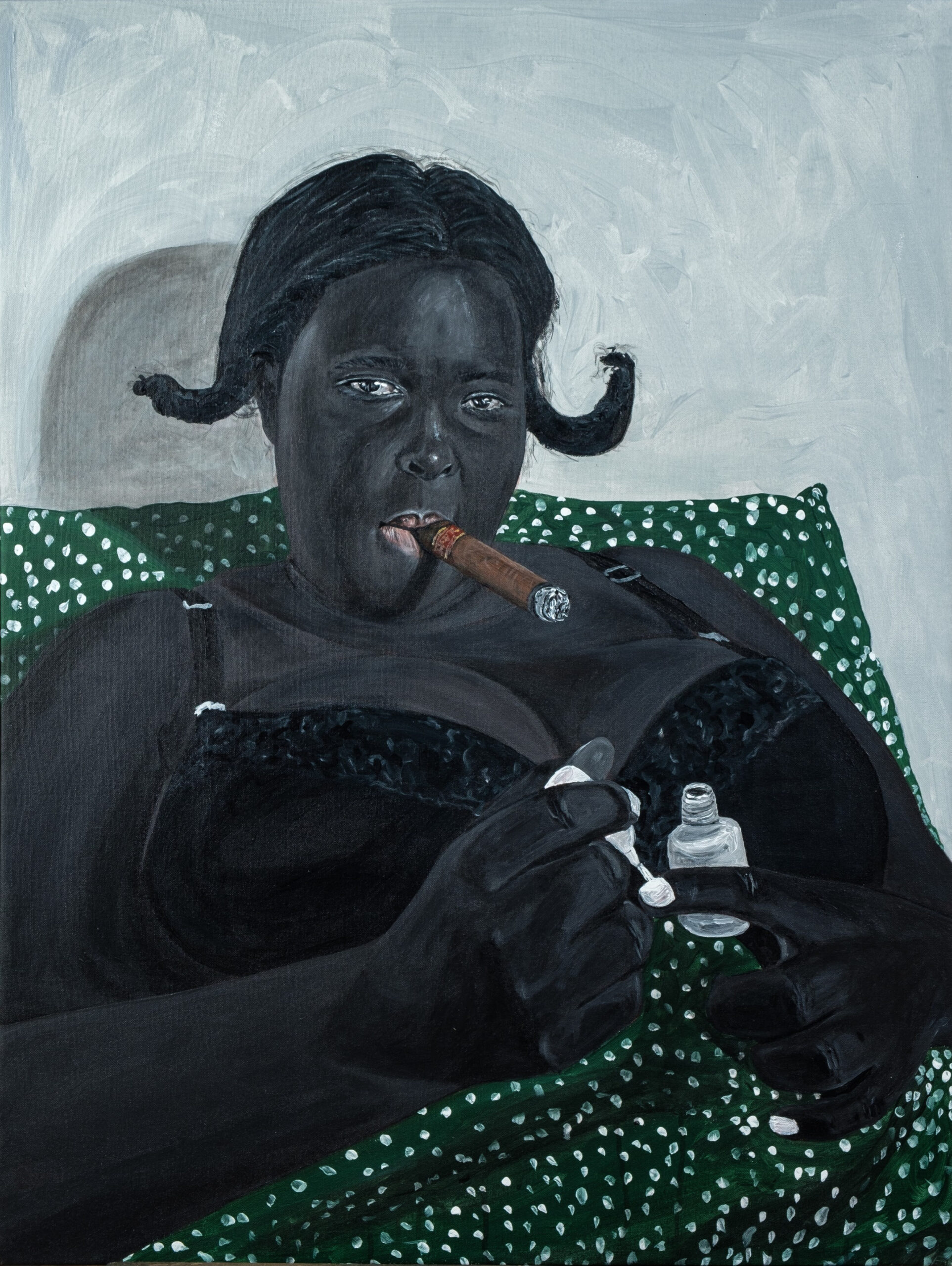
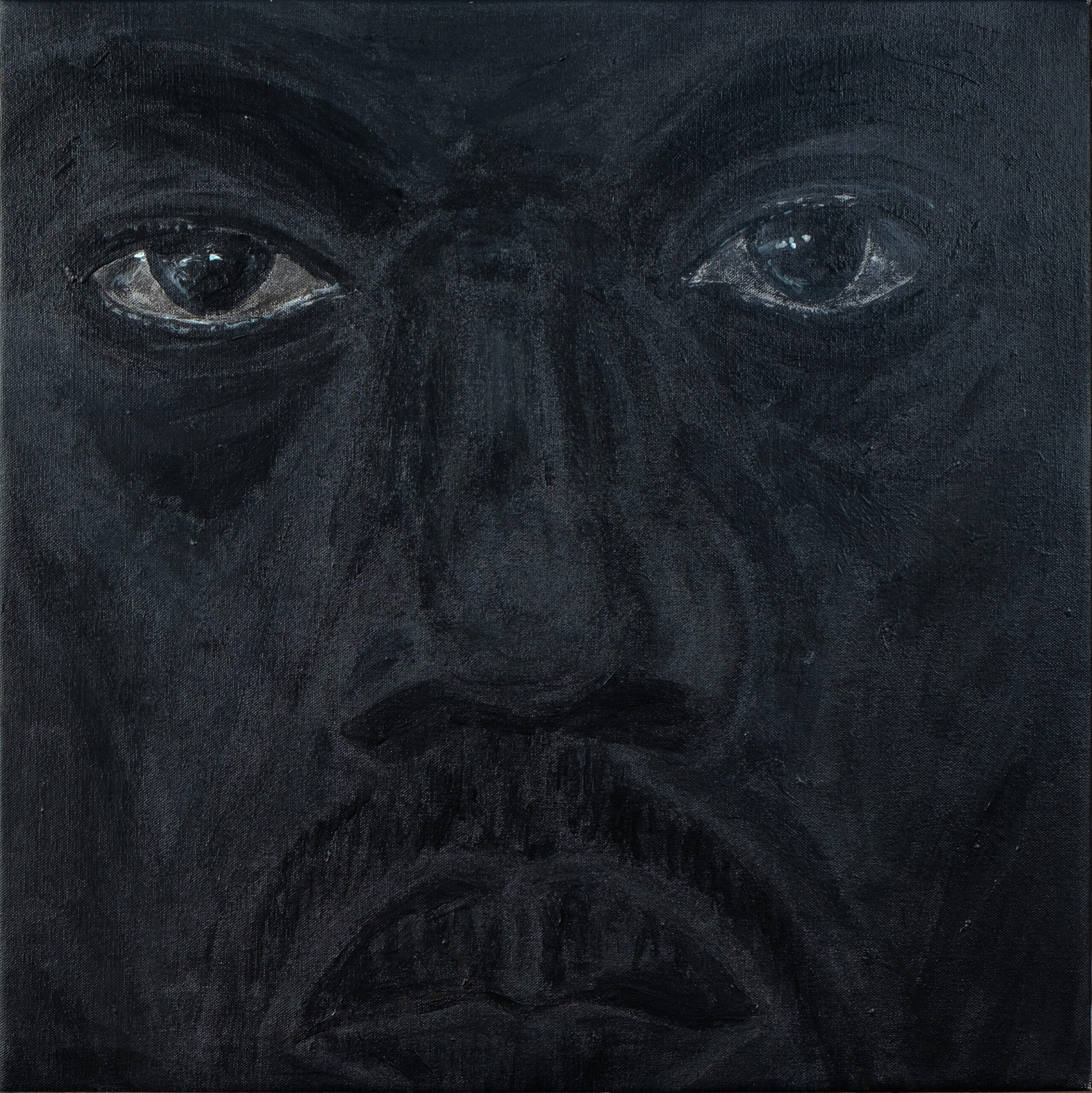
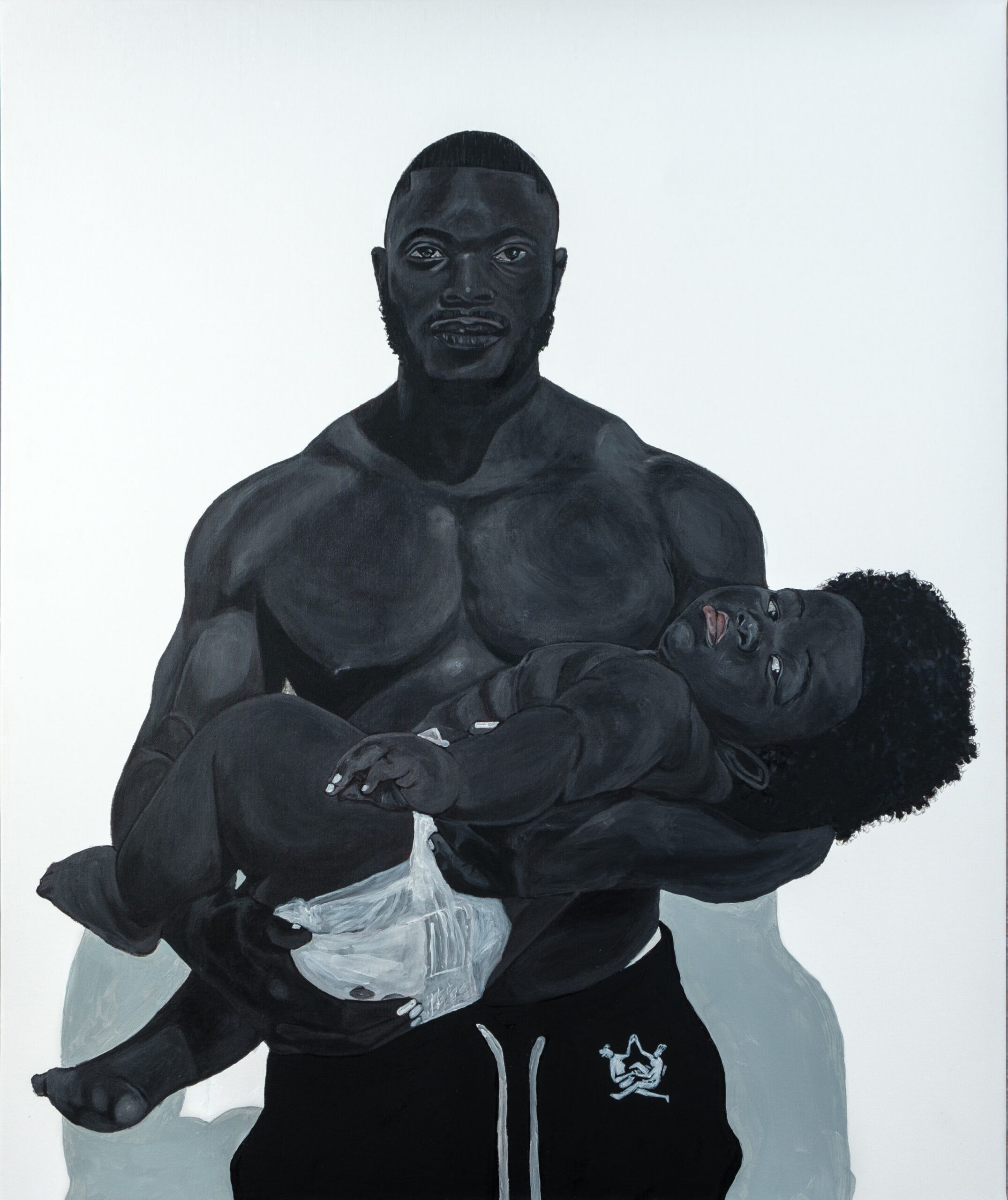
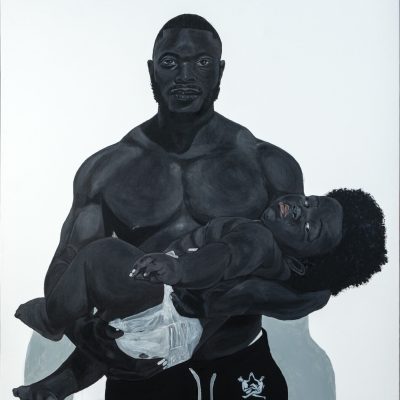
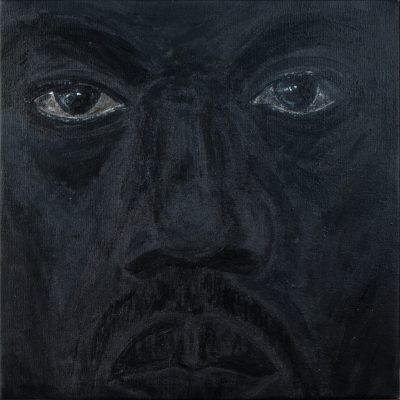
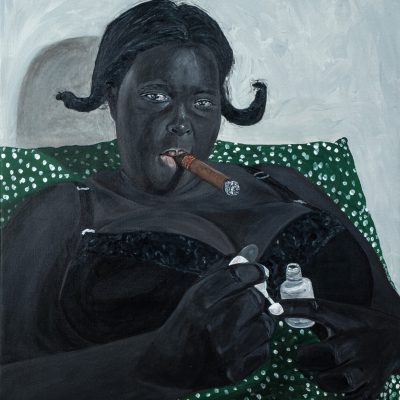
A visual artist working in Black Portraiture, Sphephelo Mnguni’s practice seeks to document and present contemporary black life. Existing between reality and speculative fiction Mnguni’s delicate confrontations place emphasis on emotion and painterly details, encouraging viewers to actively and closely engage with the Black subjects in his work. Featured in this week’s Re:View is Mnguni’s first ever solo exhibition.
It was somewhere in April of this year, around the time the Indian Ocean absorbed what was left of KwaZulu-Natal’s severe floods and landslides. Into an apartment block sitting at the foot of a hill of a leafy suburb, up some stairs, at what I think may have been the corner of a passage, Sphephelo Mnguni welcomed us into his studio. Framed by a 180º view of Durban, the curtainless windows lit up Mnguni’s works in progress.
“Actually, when you came to the studio that was the day we were finalising dates for the show,” recalls Mnguni. Five months later, it’s the Friday before his debut solo show The Sampling: Thinking Inside the Box. “There have been many times where I was invited to have solos but it didn’t feel right. I feel like I had to live this long in order to have this voice,” suggests Mnguni.
Although thinking inside the box would usually refer to confining and limiting ways of thinking to expected and normalised rules and traditions, in Mnguni’s case the box in question refers to the domestic, kinship and mutuality. A call to look inwards, to centralise the self and consider it the standard, Mnguni’s process and research while making The Sampling mostly involved spending time in the communities that have informed the artist’s grasp of the self.
“A lot of the artists I look up to always talk about how spaces aren’t acknowledging or embracing them. I hear that but that’s an outside the box thing though. I won’t speak on things that don’t embrace me. That’s why the work isn’t representation. I am not making it to address erasure. It’s documentation of what’s inside my box.”
A visitor more than a Johannesburg resident, Mnguni’s nose is blocked by the time we conclude our conversation, a symptom of not being accustomed to the city’s dry air. Before parting ways, we make our way to The Demonstration, a presentation by The Smithsonian Institution’s National Museum of African Art at Constitution Hill. There, we ended the night in one of the Old Fort’s enclosed courtyards to witness an installation and performance by Bongoy’s. A harrowing piece that saw a barefoot Bongoy walk on barbed wire while rubber-lined silhouettes burned, the work left its audience quietly contemplating their notions around migrations and displacement.
A few hours later, BKhz opened its doors to introduce the public to Mnguni’s visual essay. Making his way around the crowds, Mnguni flashed a sheepish dimpled smile in gratitude. Eavesdropping I hear him say, “I’m always doing group shows, I haven’t said anything in a singular body of work that is just me until today. I think it’s dope that people listened.”
Subscribe
Subscribe
For exclusive news, tickets and invites delivered every week
